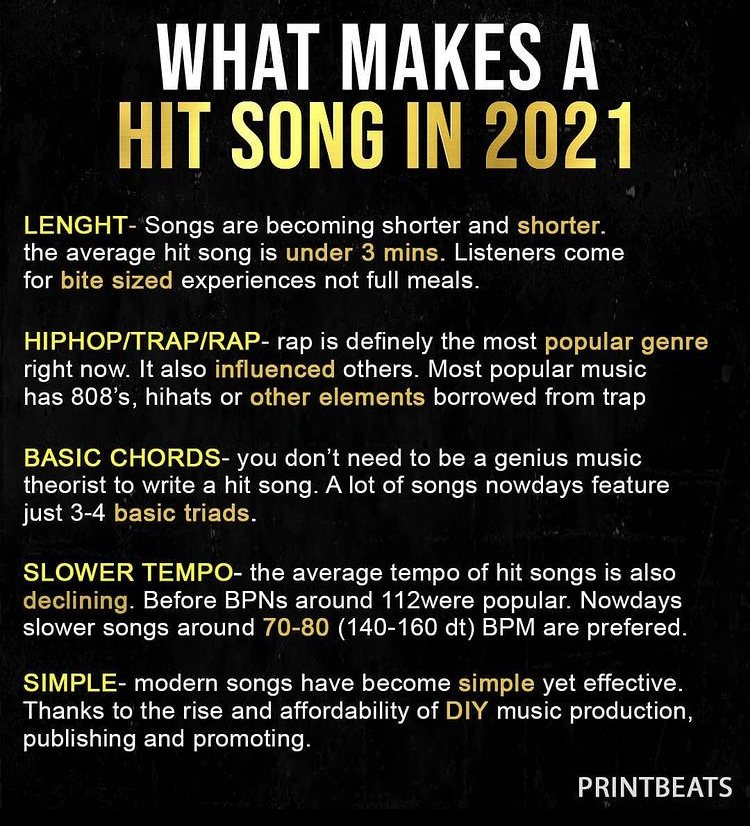
Greetings all…
I hope all is well with you as we head to the closure of 2020, and also hoping it ends in the way that you desire and 2021 begins the same.
For the last few months, especially as a musician and producer of music for listener to (hopefully) enjoy, I’ve thinking about where the advent of music playing technology and the internet has evolved the way we listen to music. I’m old enough to have started my *personal* music listening experience with vinyl. I say *personal* with respect to music I choose listen to vice that fed to me on the radio. As we know, listening to vinyl, reel-t0-reel, 8-track cassette, 2-track cassette, iPod or anything medium that doesn’t compete with the internet (or any other distraction) allows for “listening actively” – really focusing on all aspects of the music you are currently listening to, even if you are doing so with another listener as you both enjoy it.
From the earliest creations of mobile music player devices, music has been pretty much listened in the background while, most times, multitasking. It’s provided a audio backdrop to other things we currently do. Again, radio has done that for decades, but I’m attempting to separate that scenario from “personal listening”.

I was briefly discussing (via Facebook comment) this very same topic a few days ago with a friend who posted an article about the disappearance of active music listening or “deep listening”. The article, The Lost Art of Deep Listening. Choose an album. Lose Your Phone. Close Your Eyes is a great article. The caption itself summarizes the essence of this post is about.
While I do streaming music over portable devices just like in the aforementioned scenarios above, I have specific favorite artists that still release projects on physical media, such as CD, that I won’t listen to until I can set aside time to sit down and listen uninterrupted. I still, especially as a musician who came up in a certain era, very much enjoy reading liner notes for various reasons I won’t get into here, but more so, enjoy the fact of actively listening to all aspects of what the artist or band is gifting me, audibly, without distraction. While, in principle, I strongly belief streaming services AND the evolution ESPECIALLY urban contemporary/pop music have made music “disposable” and the listening experience (at least the way I define it, lessened. I also notice this because, being a music composer/producer, it;s difficult for me to regularly release tracks that only don’t necessarily engage the listener in active listening, even though Ive released said tracks for other reasons, The following is a post from a music production feed on Instagram that show exactly why I say this.

In reality, with respect to my comment above about “disposable”, the above (today) simple goes hand in hand with how the readily available access to media content has created, what I refer to “ADHD” mindsets. I’ll address a few of the tenets above with to the ADHD comment and present both sides, if you will.
- LENGHT (sic): This is extremely true but (in my experience of streaming various genres) only really in urban contemporary hip-hop/rap/trap music. The flip side (and there is an understanable, physical reason why0 is that the duration of songs of this genre is nothing new. In the 70s, when I first started listening to 45 RPM records, major hit radio songs and their B-sides, were also known to be less than 3 mins also. I can remember the b-side to The Ohio Players “Love Rollercoaster” – “It’s Over Now”. being less than or just a little over three minutes long BUT this was due to the fact that the album versions were always much longer than the 45 or radio edit versions.
- Hip Hop/Rap/Trap – I grew up listening to hip hop before it went radio commercial (Sugar Hill’s “Rapper Delight”) and many rap/hip hop records in that era could easily be in excess of ten minutes long. A perfect example is my first intro to rap with a record that I soon regularly began spinning as part of a DJ crew I was with. Superrappin’ is 12:04.
At that time, long songs took you on a musical journey in comparison to many of today’s records that basically last long enough to take you around the corner and across the street. As for the rest of the tenets, they are actually basic to many genres. Many hit rock songs have over many decades have no more than three to four simple chords, are simple, and are written with slower tempos.
I sent a small poll about this whole topic to a Facebook group that I’m an administrator over and surprisingly enough, that average age range of people that took the poll was in the 50s – they said streaming services don’t make music disposable and that they prefer that approach to non-streaming.
I’d be interested in your thoughts. Please feel free to comment below.
Thanks for the read, as always. Once again, wishing you a Happy and Prosperous 2021.
oceans of rhythm…
Fresh!
